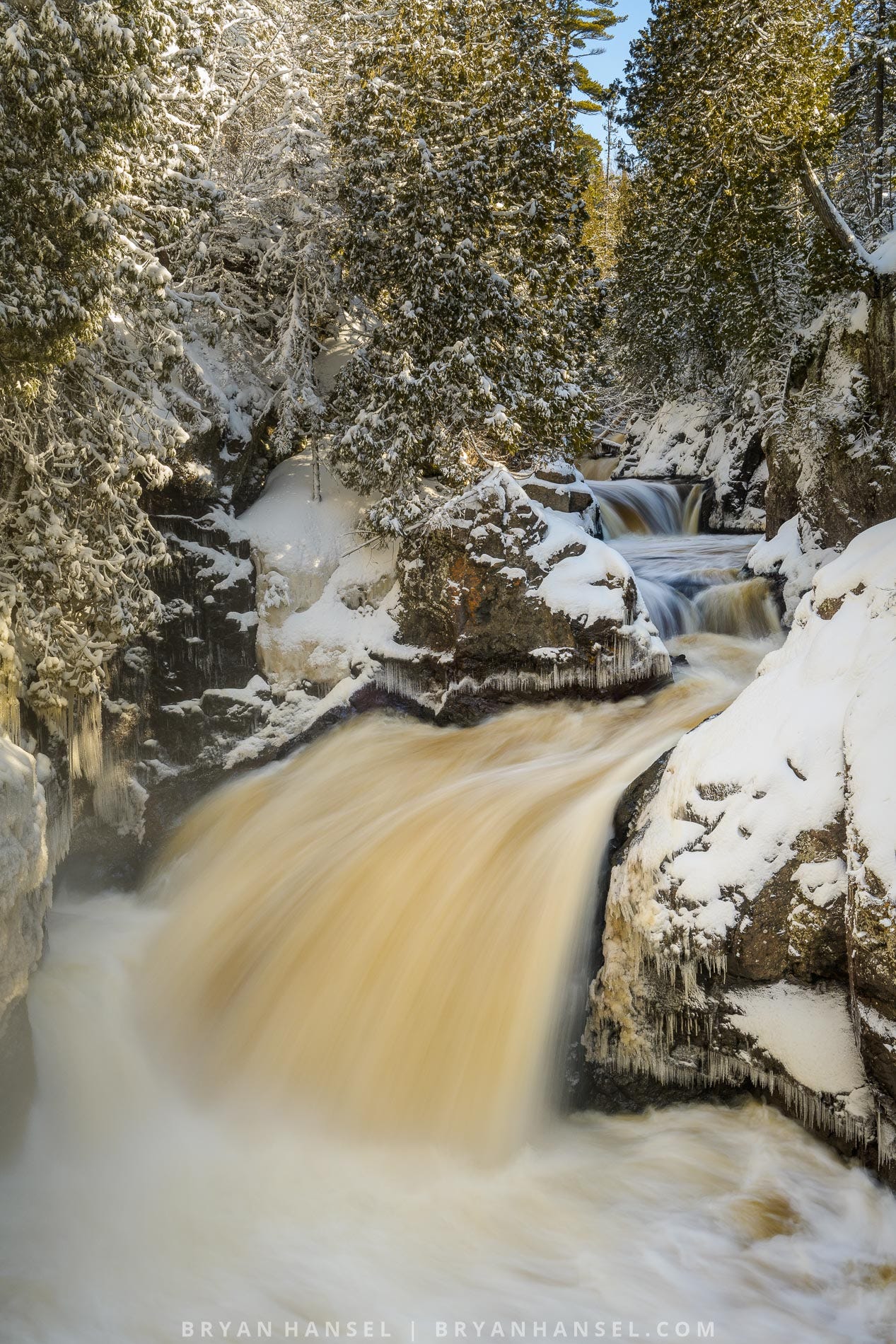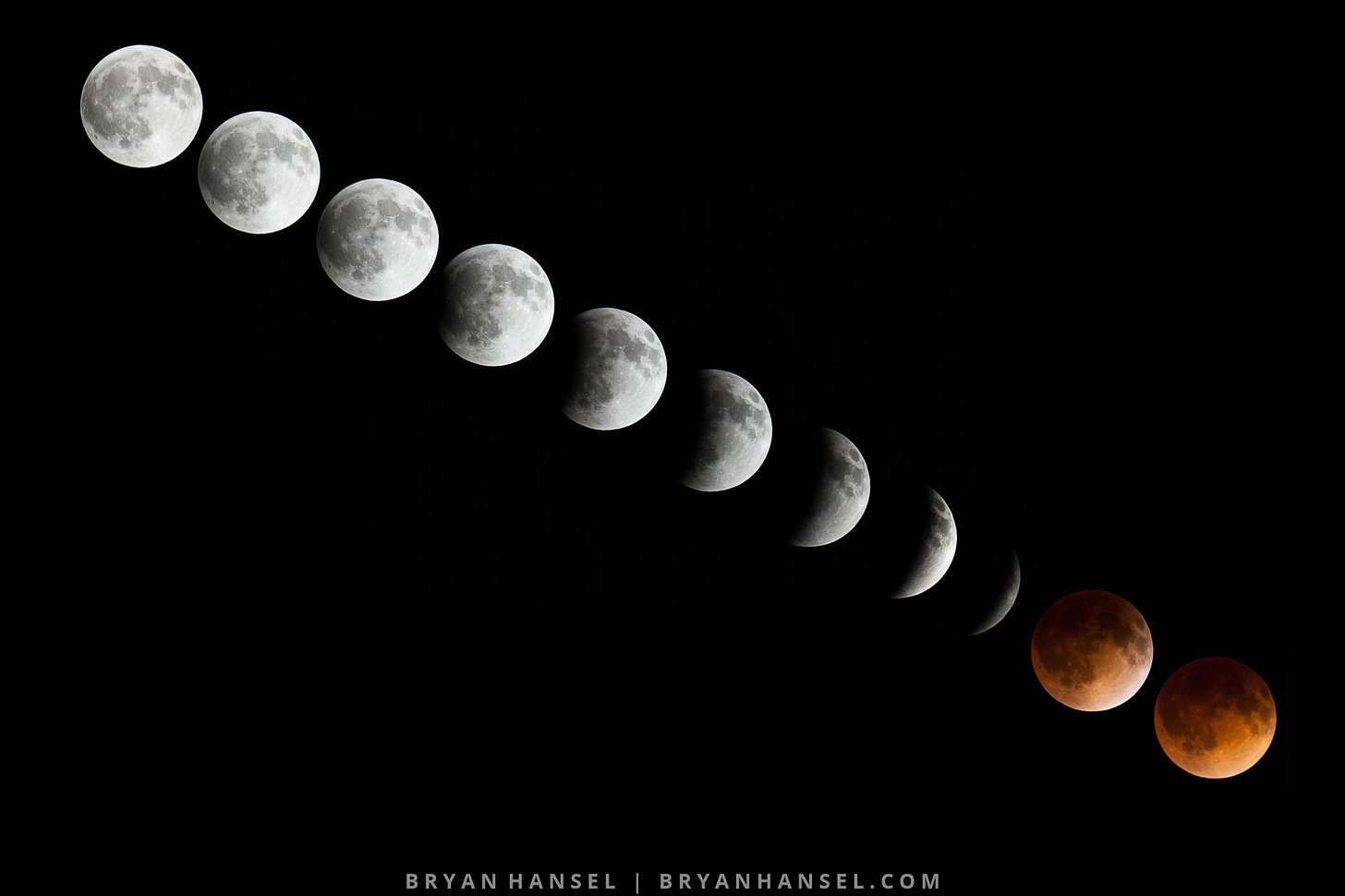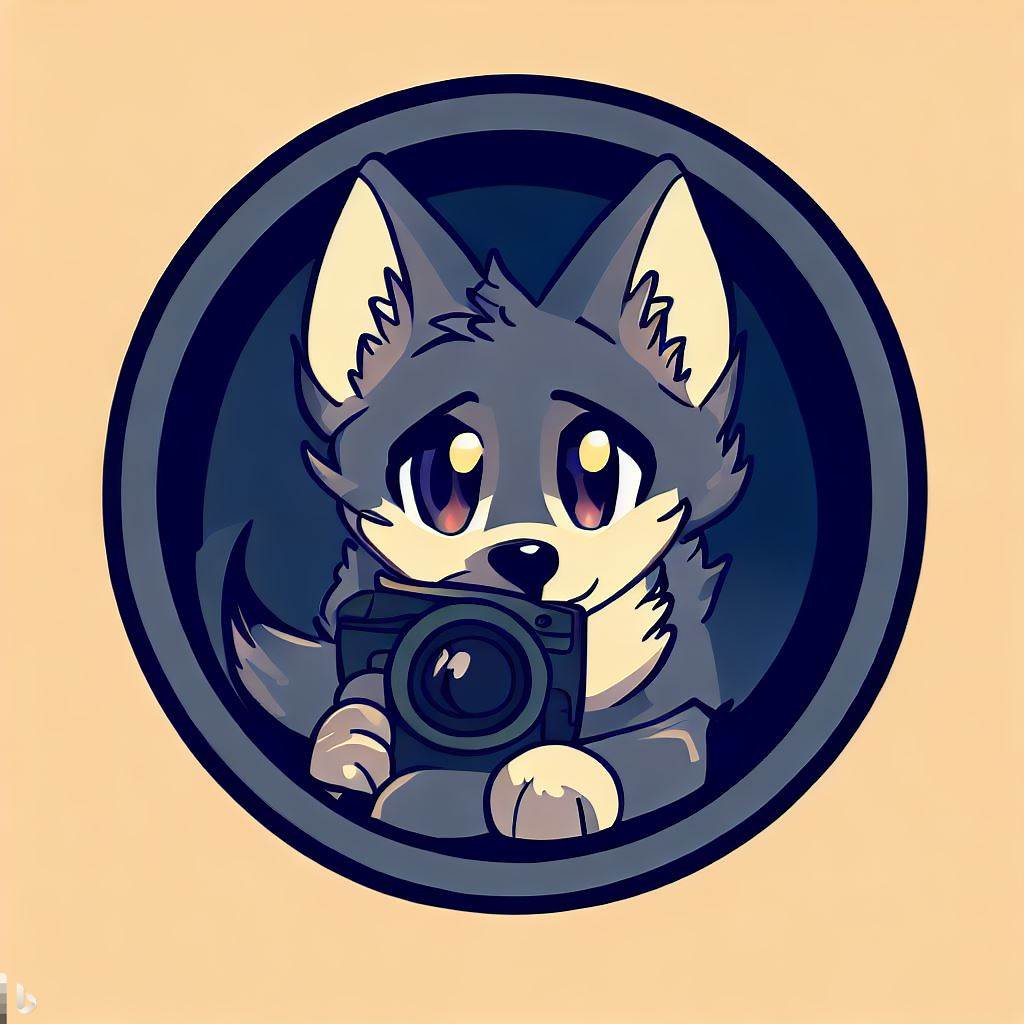I’ve been deep in my office (I call it the dungeon) this last couple of weeks planning my 2024 Photography Workshops. They are planned, scheduled and I’m just waiting to finalize a couple of room blocks.
I’ve also been thinking about and using AI in my work recently. While I have mixed feelings about AI, I am excited about using it. When used in the right ways, I’ve found it helpful.
<Begin Shameless Self Promo (or how I make a living)>Before I get into AI, the plan for opening my workshops for registration is the same as last year. I’ll offer an alumni registration first. That will open up Tuesday, April 25th at 6pm. The alumni registration is for people who have taken my workshops before or who are Facebook subscribers ($5 a month). There are a limited number of alumni seats on each workshop. I’ll post more information in the Facebook alumni group. If you aren’t in the Facebook alumni, email me and I’ll get you the information you need for registration.
General registration opens on Tuesday, May 2. Any remaining alumni seats are converted into general registration seats at that time and registration is open to everyone.
Now that my shameless self promo is over, I’ll dive into AI.

If you haven’t heard the news, an AI image has again won a photography contest. This has happened multiple times now. This time the artist did it as a stunt. He actually flew to the award ceremony and then took the stage in order to turn down the award.
If that isn’t performance art, I don’t know what is. It’s probably the latter though.
So this AI image creation thing is taking off. So this AI text generating thing is taking off. It’s the talk of the town. I’ve used the AI text generation thing in my writing. I’ve written a course description with it, a bio, and a SEO article (corrected, edited and rewritten partially by me). It now ranks number six on Google. I’m enjoying the AI tools.
In the photography world, people seem to be discussing whether or not AI images that look like photos actually photography.
I’m not sure what the hoopla is about determining whether AI images are photography. It clearly isn’t. To determine why, let’s turn to my English major. I often call it the degree I got because I wanted to be the Great American Novelist. That didn’t work out (yet).
Even though that English degree didn’t work out in novel writing, in this case my English degree comes in handy. It does so because we English majors consult these things called definitions, and definitions tell us what words mean.
Merriam-Webster tells us that since 1839 photography has been defined as “the art or process of producing images by the action of radiant energy and especially light on a sensitive surface (such as film or an optical sensor).”
Case settled. Argument over. AI imagery isn’t photography.
So stop entering it into photography contests. Make your own AI imagery contests and enter it into that.
Right?

Well, AI artists ought to stop entering their AI art into photography contests, but the question that I see that people need to ponder is this: if AI is used to edit photos at what point isn’t it a photo anymore?
If you’ve read my story about removing a sticker from a canoe, you know that for me I don’t really care all that much. Photography is art. Art goes as the artist does.
But at the heart of this question is whether or not you accept that photography captures or documents the world as it is or if photography uses the world as paint to create art. I’m in the latter camp. I don’t think that photography can capture or document the world. I think it creates realistic illusions based on the world, but those illusions are created due to the artistic whim of the photographer and not because of “reality.”
I’ve argued this with photojournalists before. You can’t win that argument. There’s no point in trying, especially if you believe that photography is art. If they as the artist want to restrict themselves in arbitrary ways that they believe creates their type of art in the right way, then they are right for themselves. We all have arbitrary restrictions that we live within in art.
Art is personal that way.
For those of you that fall into the first camp, I think you’re going to have to wrestle with what’s coming. I don’t do Photoshop’s Beta programs, but I’ve seen demos of the upcoming Photoshop Remove Tool. If you want to try it just download the beta from your Creative Cloud application.
By far the most impressive demo that I’ve seen was of a photographer removing chain-link fence in a zoo from in front of a bird. Photoshop generated feathers, the background and basically everything nearly perfectly. You couldn’t tell that the fence had been there.
If you’re in the former group, i.e. photos are documenting reality, you have to decide that if AI replaces any part of the photo is the photo still a photo? Or is it AI imagery? Is there a percentage of allowable AI imagery for it to still be a photo? For example, what if the photographer removes dust spots using a future Adobe AI tool that identifies all the dust spots on an image and automagically removes them using perfect AI generated pixels; is that still a photo at that point?
That would be an amazingly handy tool. Wouldn’t it?

And that brings me to my point: AI is a tool. Maybe someday it will turn into a world-mind with the capacity for time travel and then we’ll all be in trouble. But that’s above my pay grade, so I’m currently looking at it as a tool.
I’ve been using the generative text models not to generate something based on a question that I ask, but I’m feeding information into my prompts and telling the AI to do what I want it to do with that information.
I’ve been using Bing’s generative imagery models to make cute AI animal illustrations of a cartoon animal holding a camera. I mean how cute is this one? The goal is the brainstorm one and then send it off to the person that I’ve used before to draw stickers for me. Once I find one, I can show him exactly what I want and he can do it in his style. The one below is exactly what I want. It needs a little bit of work, but it would be fine as a small sticker that I give to workshop participants.
Which brings me to the problem of AI: it’s really good at generating imagery and it is only going to get better. In some cases, AI imagery can approximate the look of photography and that might be the only thing someone needs. They might have hired a photographer in the past. They won’t need to do that in the future.
AI imagery is going to hurt some people. Maybe me. I don’t know, yet.
That’s where the big problem with it is. As technology advances, it has typically replaced human workers. It’s what capitalist technology does. It advances the bottom line by reducing the dependence upon the biggest expense that companies face: labor. New jobs come about, but they typically aren’t filled by those who had their old jobs replaced.
It’ll do that here.
For ametuer photographers, I don’t think AI matters all that much other than it makes it easier for them to create what they want. For amateurs it’s the act of creating, exploring and using their own imagination that’s just as important if not more important than the final outcome.
For pros, there’s no doubt AI is going to replace some of the work that was available in the past. It’s going to hurt in the same way that it hurt when amateurs got good with digital photography and started selling stock for $1 an image.
All that said, I think for all of us, ametuer or pro, that it’s just another tool. We just need to find out what to use it for and how to use it.
But the big question I’ll leave up to you.
Is it art?
Artists using it to produce their art think it is, and that’s good enough for me. How about for you?
Until next time
That wraps it up. These are my current thoughts and I’ll likely change them as the technology advances.
I feel like I’m living in a lucky generation. I experienced life before home computers. I even had a Commodore 64 when I was a kid. I grew up before cell phones and now I own one that can do most digital things. Digital things that we didn’t do or didn’t exist when I was a kid. I learned photography using chemicals in a dark room. I witnessed and embraced the change from film to digital, and now I get to experience the development of AI. What an amazing time to be alive and what luck that my life spans these changes.
Anyway, don’t forget to register for my 2024 photo workshops and if you are an alumni make sure to email me if you aren’t in the alumni group for the registration info. If you aren’t an alumni or FB subscriber, the workshops open to everyone on the morning of May 2nd.
I’ll leave you with a quote from Hemingway and then a photo.
“I write description in longhand because that's hardest for me and you're closer to the paper when you work by hand, but I use the typewriter for dialogue because people speak like a typewriter works.”
―Ernest Hemingway





I'm also in the camp: photography uses the world as paint to create art. Just wrote a newsletter on AI photography yesterday (https://marcelborgstijn.substack.com/p/ai-photography-or-ai-images ) I believe it is all about the output, the actual image we look at.
To be or not to be is not a problem for me. The problem of AI images is that they have no life, and photographs do